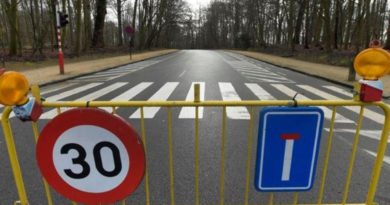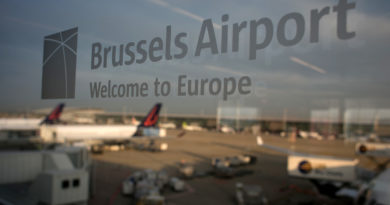After 16 years of works the Passage du Nord looks the same as it did in 1881
Introduction and Background History
Between 1820 and 1860 Brussels was touched by the craze for shopping galleries. As such 10 of them were built during that period, out of which only three are still standing – the Royal St Hubert Gallery, the Bortier Gallery and the Passage du Nord.
The Passage du Nord was one of the key new buildings that helped to create a “look” for the central boulevards. It is a shopping street decorated with charming caryatids and lavish curves. The extensive use of sculpture enhanced its sense of luxury and brought it down to life.
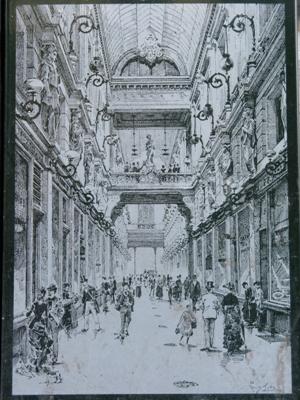
The construction started back in 1881 by the Société Anonyme du Musée et Passage du Nord (Museum & Passage du Nord Ltd) to the designs of the architect Henri Rieck and it opened to the public a year later, in February 1882. In 1892, the Passage du Nord was purchased by Léon Fontaine van der Straeten, who dissolved the limited company and set up a property management company with shares owned by many of his relatives, whose descendants still own them today.
The opening of the shopping gallery was announced by the Brussels Newpaper “La Gazette” on May 1881. Passage du Nord consisted of 32 shops and a museum between the Boulevard du Nord, which today is known as the Boulevard Adolphe Max, and Rue Neuve.
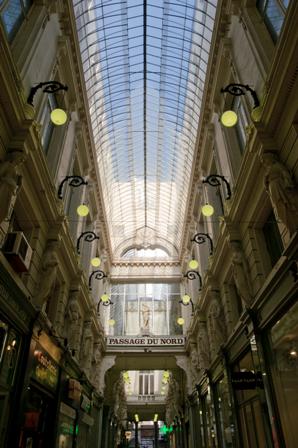
Nowadays, there are only 20 shops in the ground floor as older shops were knocked together to form larger premises. The space which was occupied by the museum is now part of the Hotel Metropole and has been converted into meeting rooms and guest bedrooms. What’s left of the museum are the two signs advertising the “Musée du Nord” on the Boulevard Adolphe Max facade of the building.
Architecture
The gallery was designed in typical 19th century eclectic style and it is a six-floor building 70m long and 6m wide, covering approximately over 5,000m².
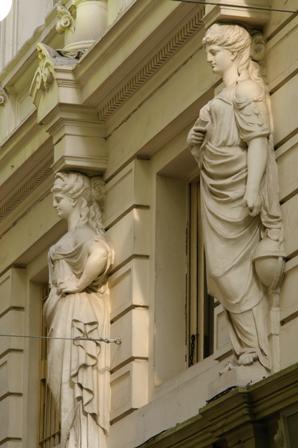
The first floor of the Boulevard Adolphe Max face portrays four groups of children, which were sculpted by Albert Desenfans, holding candelabras topped with lanterns.
The 32 caryatids situated in the interior were sculpted by Joseph Bertheux. They are made up of 4 series of the same 8 designs. Their poses and attributes make allusions to metallurgy, commerce, the navy, astronomy, architecture, sculpture, painting and the decorative arts.
The sides of the footbridge holds two more statues of children by Albert Desenfans. One of them is an allegory of recreation and the other one of meditation.

Passage du Nord has been listed ever since 1993, for the purpose of protecting the remaining original architectural features. The listing protects both the internal and external facades, its shop-fronts, its glazed roof and its floor. Therefore, any intended work must comply with the original specifications and designs. The Royal Belgian Commission for Historic Monuments and Sites in the Brussels Capital Region must approve of any work that affects the listed features of the building.
Shops
Today, Passage du Nord contains several shops. This commercial diversity is the main advantage of the Passage du Nord and helps to make it a go-to attraction of the city center.
You may find the list and more information regarding the opening hours on their website.

